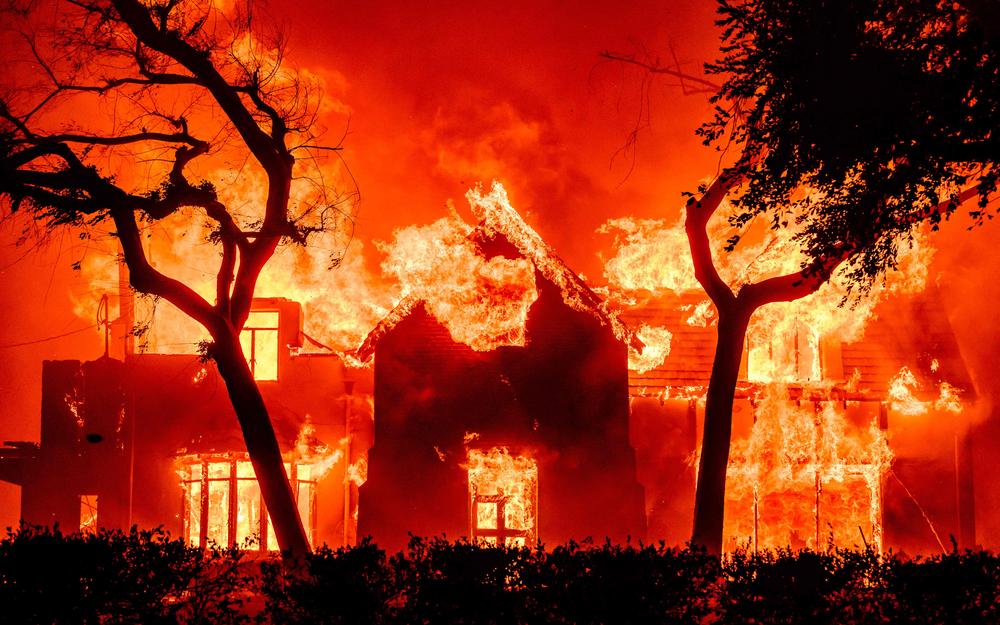What future do the Dutch have if sea level rise continues to grow?
- The glimmer climate shows in the most striking way its effects on extreme weather events, with the deadly tropical storm in Mozambique yesterday, with the heat that Europe has suffered these weeks ... A different influence extends quietly, bringing the sea level up without interruption. The Netherlands has already started to feel in Europe itself, and they are the clearest example of this. The Basques on the coast should also look towards the valley.
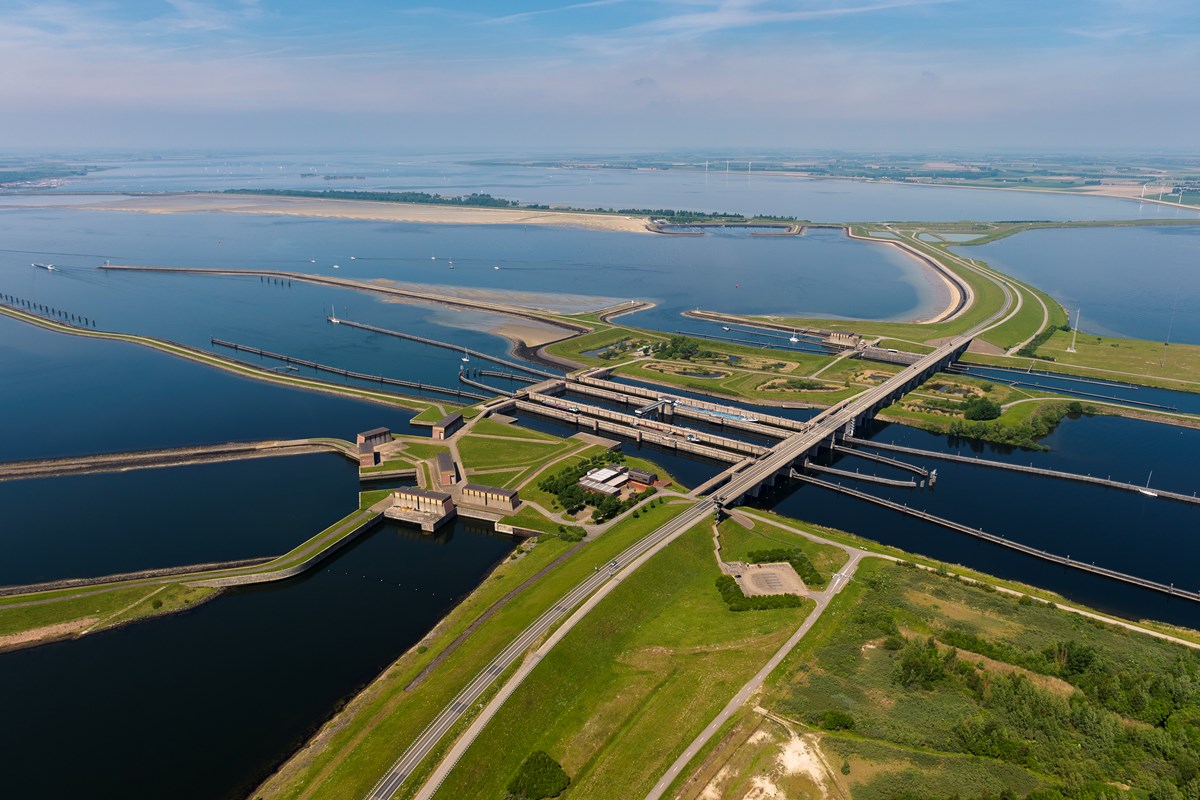
The Dutch Rolf Schuttenhelm is doing environmental journalism, among others, on the Bits of Science web, which deals with climate change. He has recently written about the distressing situation of his country in the newspaper Vrij Nederland, which has later been translated into Spanish in blog 15-15: “Sea-level rise is a more serious problem than is believed and the Netherlands does not have a plan B.”
Here's the beginning: “The Netherlands is famous around the world for its polder [land gained to the sea] and dikes. We are famous for being a small working nation that for centuries we have challenged the sea in the North Sea. But this sea that we have fought over the course of history was not growing in volume. The problem is now being seriously exacerbated by the warming of the ocean ' s water and by the melting of the ice sheets of the poles, such as glaciers, which has caused the sea to rise slowly but steadily.

Of course, we are increasing dikes and rivers have room for them to overflow from time to time, but will that be enough? And more importantly: How long will it last? The sea is rising and also at a much faster rate than we thought at the beginning. The big question is: Will the Netherlands survive, as we know it today?”
To make his long chronicle, Schuttenhelm has asked Dutch sea level experts and climate researchers. They all agreed on the need to deepen the public debate because of the seriousness of the issue, as some decisions should be taken immediately. It is no longer enough for the Dutch to lift the walls to combat the waves and to fight globally to control CO2 emissions.
The trend towards rising sea levels is intensified: In the 20th century, the average is 2 millimeters per year, at the beginning of the 20th century it is 3 mm. and in the last decade of 4.3 mm. The most pessimistic estimates point to a rise of almost three meters by the year 2100. “Of course,” says Schuttenhelm, this negative scenario is not the most likely. But instead, getting up the sea in a single meter is also a lot, a large volume of water to cope with it. And what is worse, that in 2100 the rise will not stop.”
The Netherlands already has 20% of its surface area below sea level and with a rise of one meter it is 50% below the 0 level. That is why they realize that the future is not to a large extent in their hands, as other people around the world already feel (Bangladesh, several Pacific islands…). They depend on a planetary phenomenon and are the first to be affected. What to do?
More than one scientist has quoted the journalist as having evacuated the territories that live below sea level. “We may need a long-term controlled departure,” said meteorologist Michiel van den Broeke, who works at the Institute for Marine and Atmospheric Research at the University of Utrecht. Michiel Helsen, a professor of climate change, also asks that this be discussed: "The West of Holland may not be saved in the long term. Society has to discuss which areas of the Netherlands we can defend and on which coasts”.
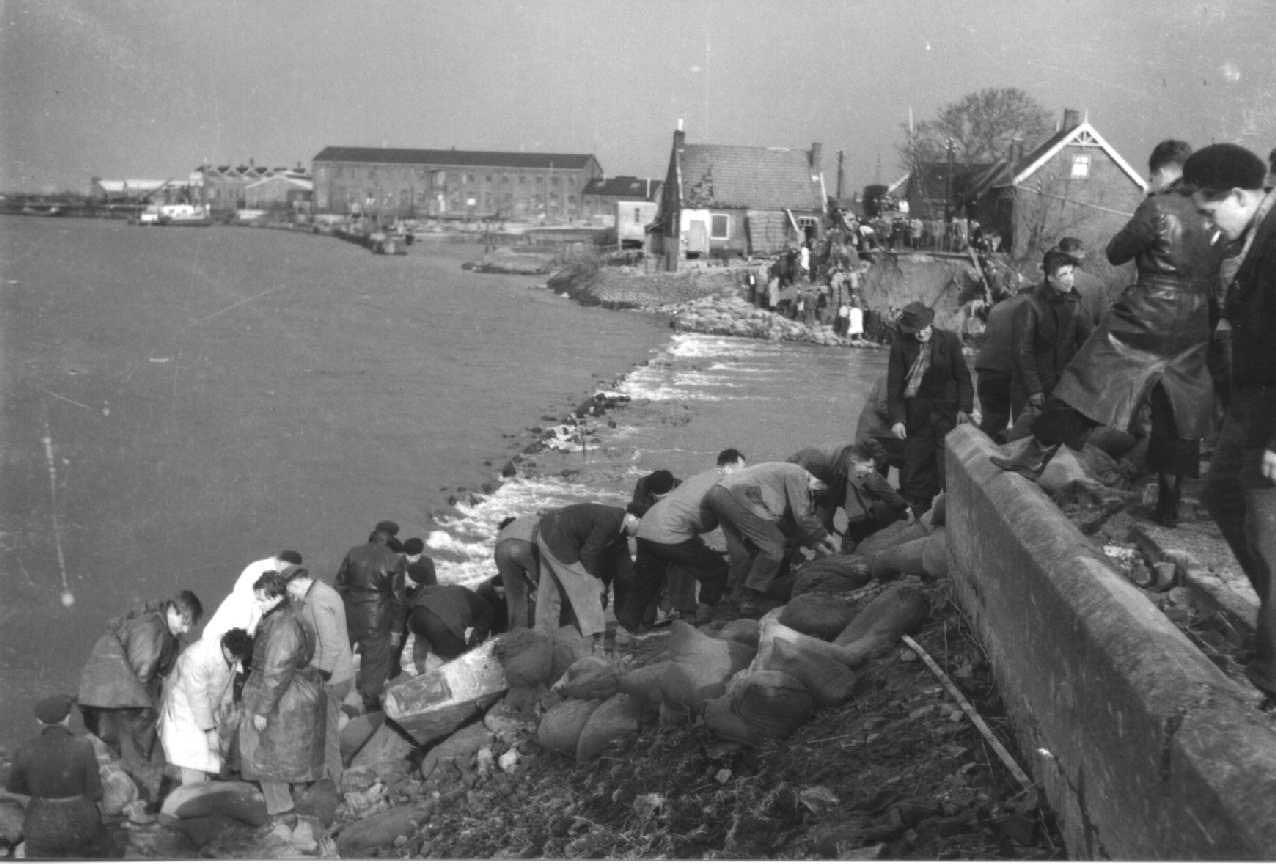
Level of climb and rate of climb
If someone has a memory of the floods, the Dutch have it. 65 years ago, since 31 January 1953, the Netherlands, Belgium, England and Scotland were hit by the great floods in the North Sea. In the Netherlands alone it caused 1,836 deaths, when the delta waters forming in the mouth of the Rhin, the Waal and the Meuse surpassed the walls built to sustain them, which in Euskera are called trenches. Since then, the Dutch have done amazing engineering work coordinated by the famous Delta program, and proudly show how in January 2018 they were able to cope with a giant storm.
But the Delta programme, which has been renewed year after year, will be short in the short term, according to the water and climate researcher Marjolijn Haasnoot, one of the main responsibility: today’s forecast plans are made for when the sea does not reach a meter high, and now there is doubt as to when that limit will be exceeded. In fact, plans for the future have to be prepared much earlier. “In the past,” says Haasnoot, when deciding on major infrastructure projects, we had a life span of 100 or 200 years in mind. If we were to do so now, we would have to take into account a large rise in sea level.”
In 2017, the Deltars Foundation held a special debate on how an extreme sea level in the Netherlands could be between 100 and 200 years, 3 meters higher at the end of this century and 5 meters at 2200. Marjolijn Haasnoot himself oversaw that hackathon. This brainstorm gave four main scenarios, four possible adaptations: if two Dutch are still in the places where they are today, moving the third to the North Sea and the fourth to more arid lands.
The first adaptation option would be to turn the Netherlands into a fortress, building huge dam structures and pumping water. But at a certain point the rivers will fall below sea level, so the need to pump all their water on the dikes will entail a huge energy cost and yet without avoiding the great salinization of the farmland in those areas. In the end, half of Holland will become a huge saltwater bathtub rather than a fortress.
The second scenario is to sacrifice the vast areas of agriculture, today admired by the whole world, because they are impossible to defend, so that the rías gain width and become marshes, and to guarantee the survival of the cities by building on piles. The futuristic scenario, the truth, was mentioned as the third in the brainstorm: the best defense is the attack, the construction of farts at sea, although then they will also have to remain unable to deal with the problems of the filtration of salt water in the subsoil.
The fourth solution does not want to talk too much, just because it is a social and political cost, but seeing the enormous economic costs of other solutions, at some point the taboo will have to be broken: to move the driest population of areas that cannot be defended. That is to say, to move to German lands as well.
Marjolijn Haasnoot believes that the speed of climb will be more decisive than sea level: “If it comes slowly, we will be able to adapt. But if it goes up very quickly, we can find ourselves without time to adapt.”
Lurrak guri zuhaitzak eman, eta guk lurrari egurra. Egungo bizimoldea bideraezina dela ikusita, Suitzako Alderdi Berdearen gazte adarrak galdeketara deitu ditu herritarrak, “garapen” ekonomikoa planetaren mugen gainetik jarri ala ez erabakitzeko. Izan ere, mundu... [+]
Eskola inguruko natur guneak aztertu dituzte Hernaniko Lehen Hezkuntzako bost ikastetxeetako ikasleek. Helburua, bikoitza: klima larrialdiari aurre egiteko eremu horiek identifikatu eta kontserbatzea batetik, eta hezkuntzarako erabiltzea, bestetik. Eskola bakoitzak natur eremu... [+]
Agintari gutxik aitortzen dute publikoki, disimulurik eta konplexurik gabe, multinazional kutsatzaileen alde daudela. Nahiago izaten dute enpresa horien aurpegi berdea babestu, “planetaren alde” lan egiten ari direla harro azpimarratu, eta kutsadura eta marroiz... [+]
Biologian doktorea, CESIC Zientzia Ikerketen Kontseilu Nagusiko ikerlaria eta Madrilgo Rey Juan Carlos unibertsitateko irakaslea, Fernando Valladares (Mar del Plata, 1965) klima aldaketa eta ingurumen gaietan Espainiako Estatuko ahots kritiko ezagunenetako bat da. Urteak... [+]
Nola azaldu 10-12 urteko ikasleei bioaniztasunaren galerak eta klima aldaketaren ondorioek duten larritasuna, “ez dago ezer egiterik” ideia alboratu eta planetaren alde elkarrekin zer egin dezakegun gogoetatzeko? Fernando Valladares biologoak hainbat gako eman dizkie... [+]
Eskoziako Lur Garaietara otsoak itzularazteak basoak bere onera ekartzen lagunduko lukeela adierazi dute Leeds unibertsitateko ikertzaileek.. Horrek, era berean, klima-larrialdiari aurre egiteko balioko lukeela baieztatu dute, basoek atmosferako karbono-dioxidoa xurgatuko... [+]
There was no one or all. That we all suffer at least if the necessary changes are not made so that no one suffers the climate emergency. You – reader – I – Jenofá-, they – poor – and they – rich. The fires in Los Angeles did not give me satisfaction, but a sense of... [+]













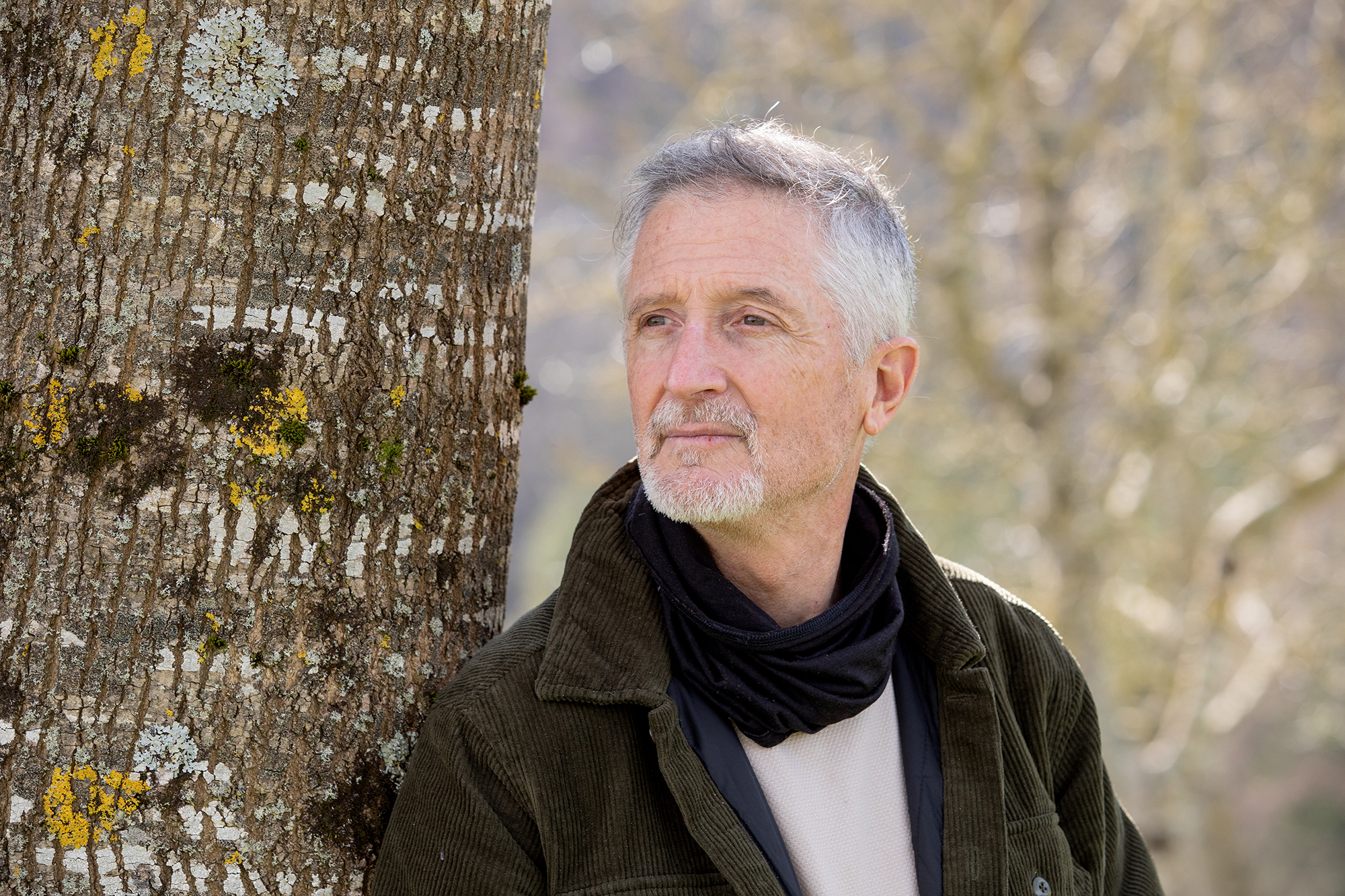
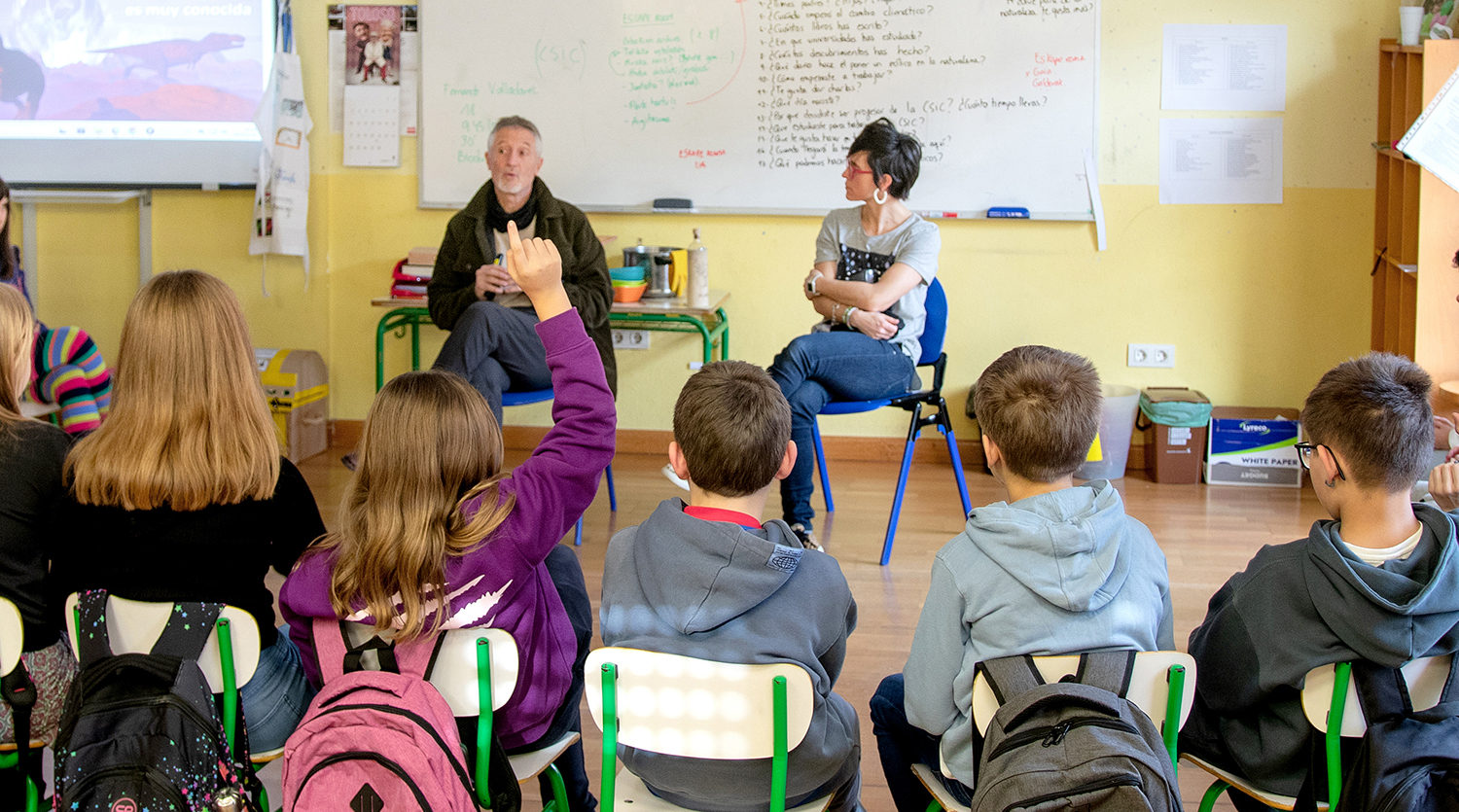

_Glaciar.png)
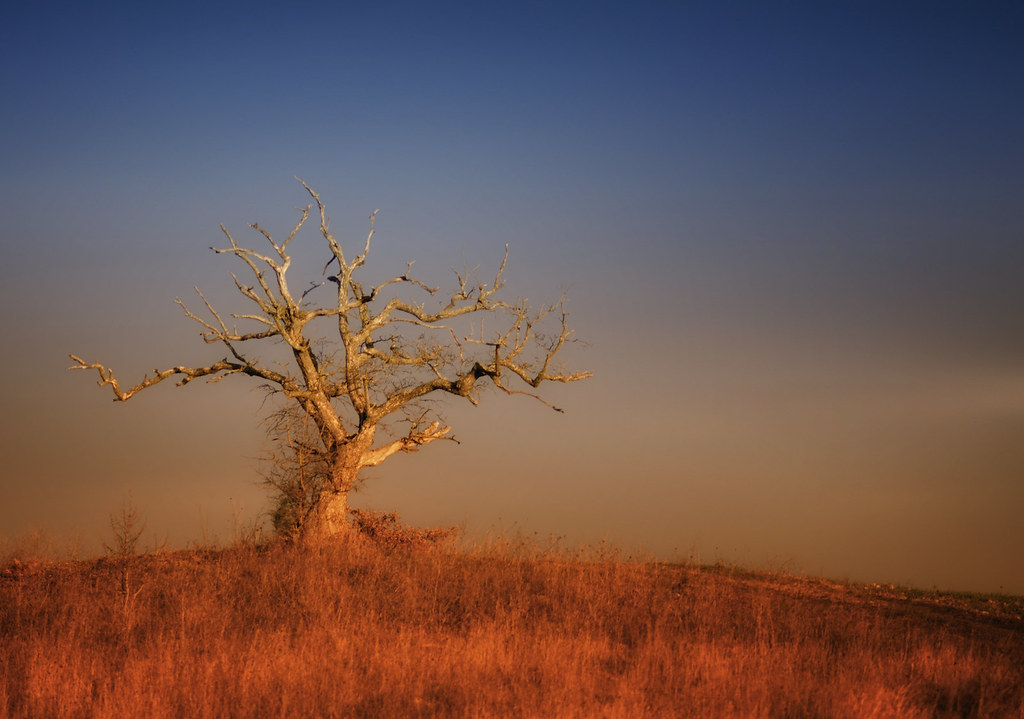
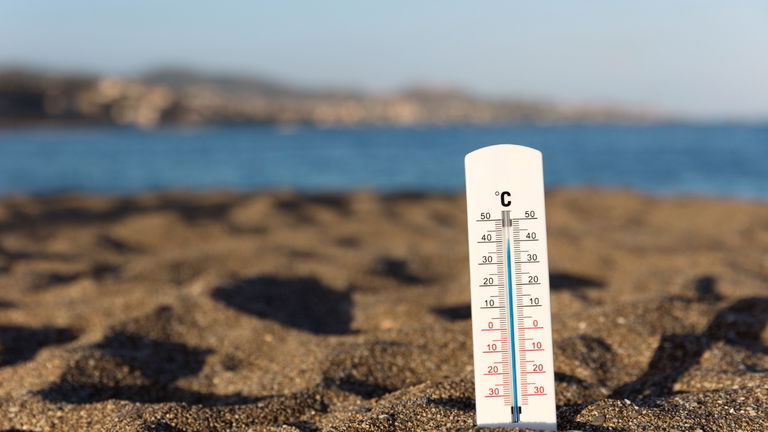
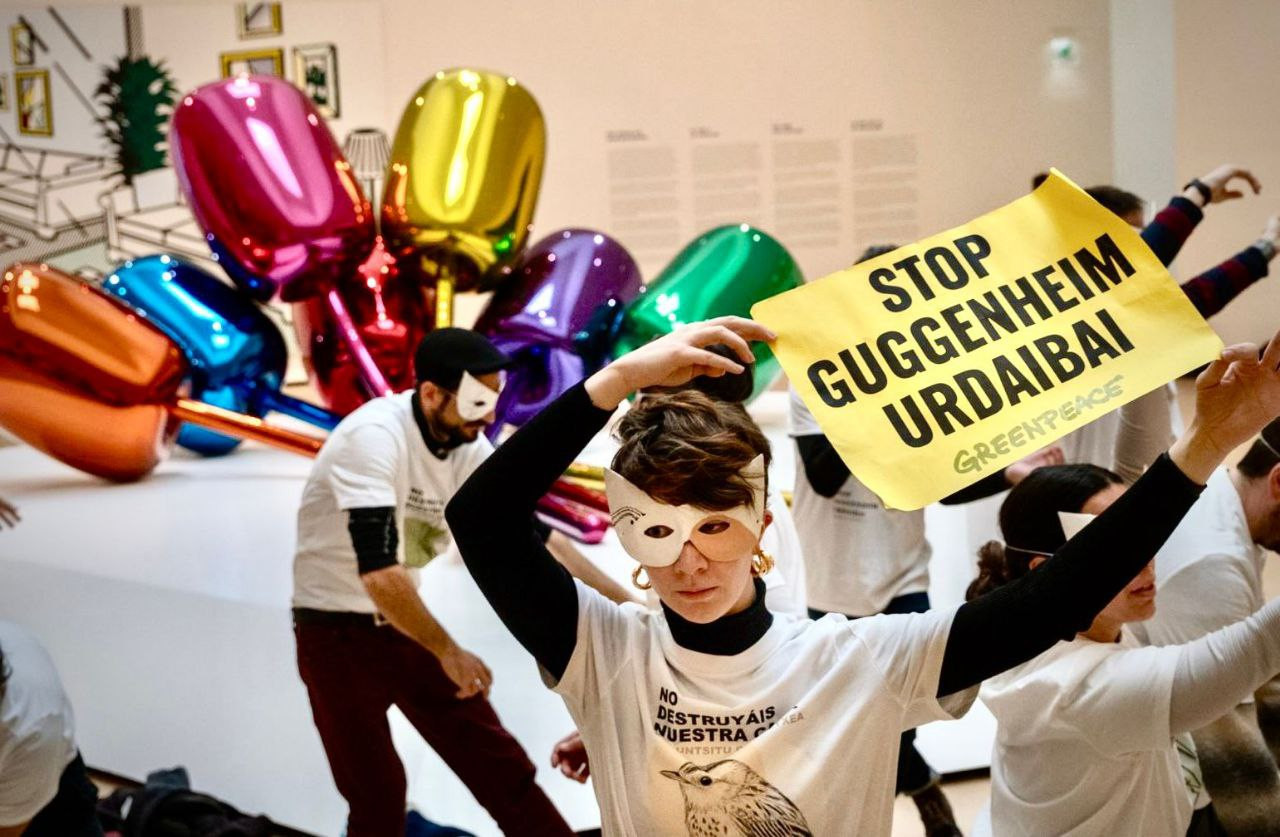

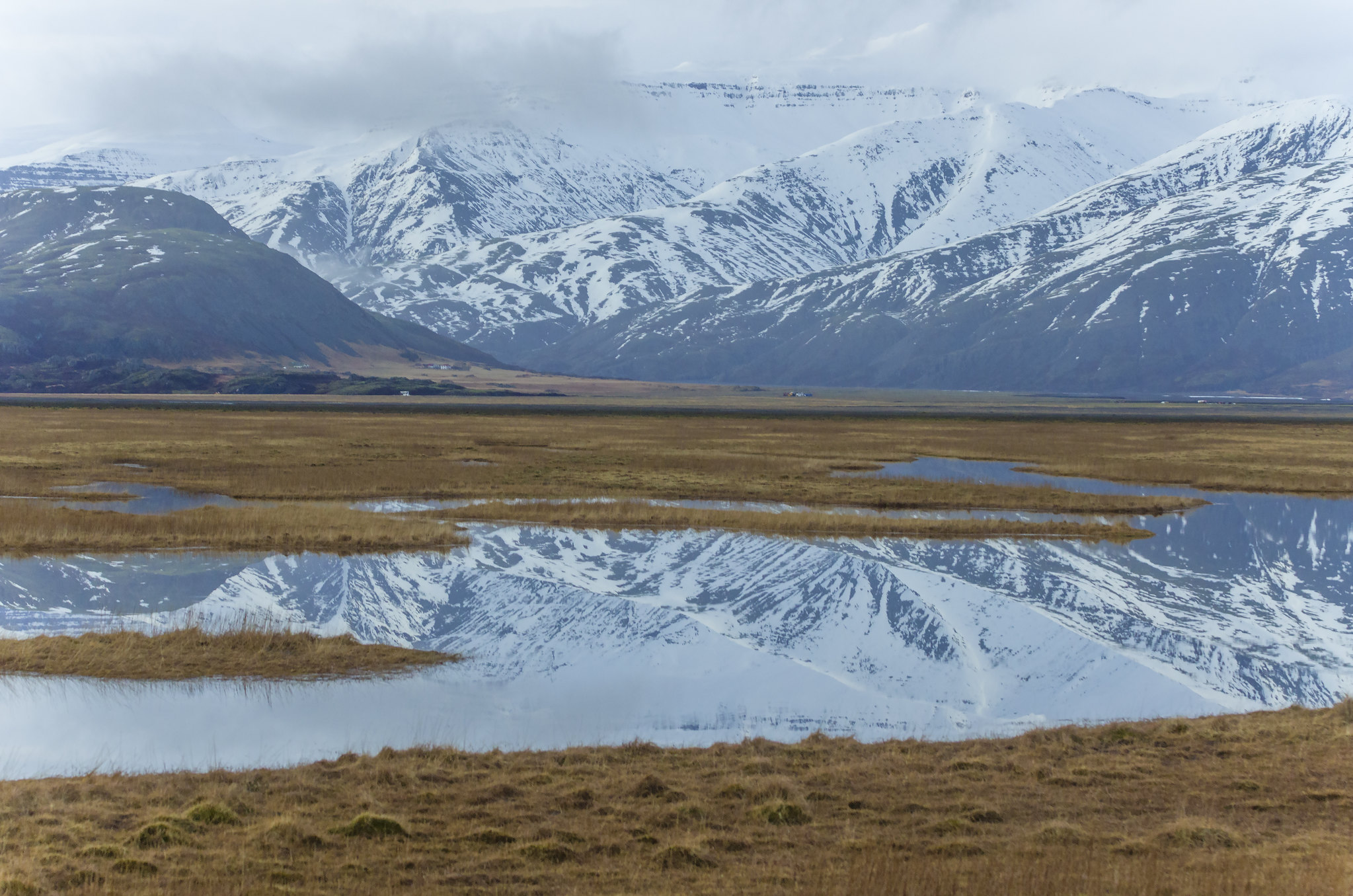
-(1).jpg)
